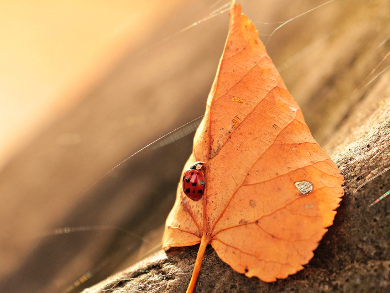Climate change poses a risk to biodiversity, i.e., the variety of living species on Earth. This is caused by the destruction of habitats through the loss of sea-ice, droughts, rising water temperatures, etc. The Paris Agreement on Climate Change aims to limit the global temperature rise to “well below” 2 °C, if possible, to only 1.5 °C. The policies to limit climate change that are already in place would, in contrast, lead to an average rise in temperature of 2.6 °C–3.2 °C. Studies on the effects of these projected changes on biodiversity, however, are limited in range.
Rachel Warren, Tyndall Centre for Climate Change Research, University of East Anglia, Norwich, UK, and colleagues have performed a comprehensive study of the difference of effects on biodiversity caused by a 1.5 °C rise versus a 2 °C rise in global temperatures by the year 2100. They compared the results with the current scenario of up to 3.2 °C warming. The assessment includes over 115,000 species of plants and animals. The team used the proportion of species losing over 50 % of their habitat as a measure of the impact of climate change on biodiversity.
The researchers project that, in spite of the small absolute temperature differences, there are substantially smaller risks for the scenarios with lower global warming. With a 3.2 °C rise, 49 % of insects, 44 % of plants, and 26 % of vertebrates would lose over half of their habitat. In the case of a 2.0 °C warming, these proportions sink to 18 % of insects, 16 % of plants, and 8 % of vertebrates. A further reduction to a 1.5 °C temperature increase would result in only 6 % of insects, 8 % of plants, and 4 % of vertebrates losing more than half of their geographic range.
As these projections show, insects populations, which perform vital tasks in the ecosystem and are very important for food production, are affected particularly strongly by small increases in the average temperature. According to the team, these particular risks posed by global warming could be significantly reduced by limiting the temperature rise to 1.5 °C over pre-industrial levels.
- The projected effect on insects, vertebrates, and plants of limiting global warming to 1.5°C rather than 2°C,
R. Warren, J. Price, E. Graham, N. Forstenhaeusler, J. VanDerWal,
Science 2018, 360, 791–795.
https://doi.org/10.1126/science.aar3646




